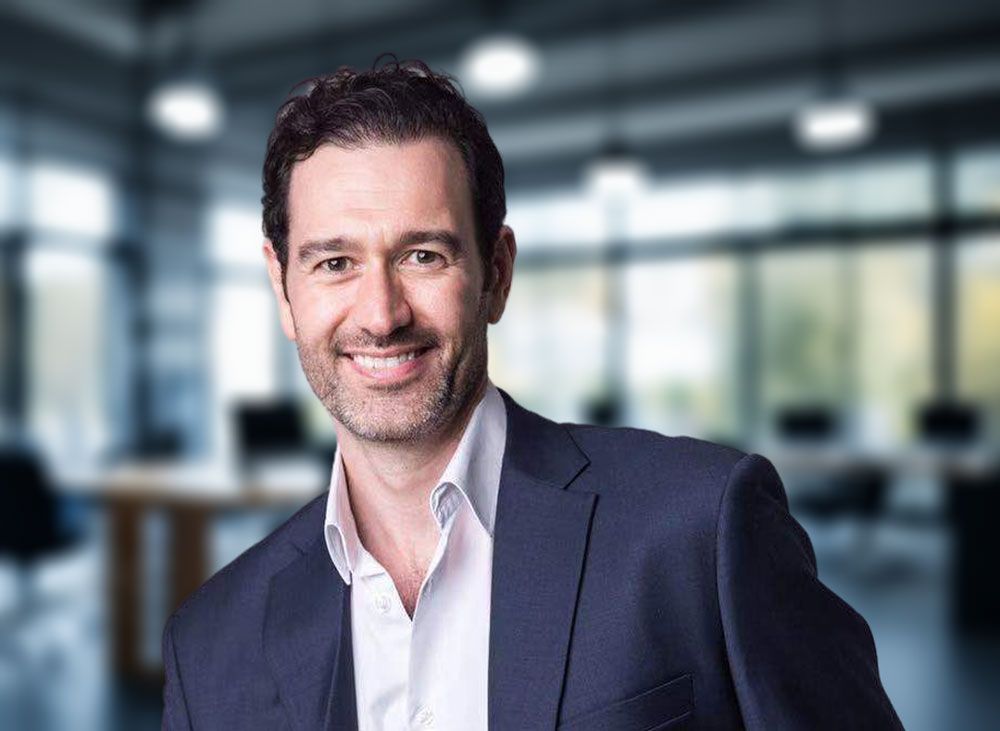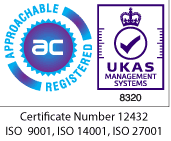Avoid the bumps in your transition
We are experts at keeping mergers and divestitures on track and on budget
The majority of M&A projects do not deliver the expected value, often creating integrated business units that lack critical knowledge and are poorly motivated.
To unlock the expected synergy value in complex integrations, your strategy must be watertight from the beginning, but also include iterative frameworks. Your process is everything, and we can help at every stage—from planning to execution.
Putting your people first
Our M&A services include a range of support mechanisms designed to keep your merger or acquisition on track. This includes a blend of strategic oversight, operational guidance, and a data-driven approach towards organisational alignment and cultural coherence, ensuring cost control and a seamless transition process.
Engaging with our service transcends the conventional client-consultant relationship; it is an investment in a strategic partnership dedicated to achieving success using a tailored package of advisory services with a focus on people, narrative and communication.
Services
Commercial & Technical Due Diligence
This service meticulously evaluates the commercial viability and technical feasibility of target acquisitions, providing you with a clear, comprehensive understanding of potential financial, operational, and market-related risks.
Integration Strategy & Execution
We use a human-centric approach that not only facilitates a smoother transition but also accelerates the achievement of intended synergies, such as cost efficiencies, enhanced competitive advantage, and new growth opportunities.
Value Realisation & Tracking
Tackles the challenge of post-transaction value leakage – a critical issue where anticipated synergies and growth opportunities fail to materialise. Through rigorous monitoring and management of key performance indicators, we ensures a disciplined execution of the integration plan, tracking it closely in relation to your strategic goals.
Divestiture Strategy & Execution
Using a comprehensive analysis of market dynamics, consumer trends, and competitive landscapes, we equip you with vital insights to define the size and scope of your target markets while identifying distinct customer segments for tailored marketing.
Want to know more?
Our outcome-driven, pragmatic approach will provide direct feedback and practical strategies to help leaders and teams better understand their role and purpose.
We give actionable advice on the best way to communicate your strategy, gaining buy-in across all levels of your organisation and building the momentum for success.
Strategy in Numbers
95%
Number of employees who say they don't understand their company's strategy
48%
Of organisations fail to meet half of their strategic actions
60%
Of organisations do not tie financial budgets to strategic priorities
"We engaged Cambridge Management Consulting on the due diligence and validation of the exit strategy for the investment. We chose Cambridge MC for its detailed understanding of the market and hands-on, real-world experience."
InfraRed Capital Partners
Strategy insights



Jeff Owen
Managing Partner - M&A Strategy
A highly-experienced COO/Operations Director, board member, and consultant in the Telco sector, Jeff holds an impressive track record of creating scalable operational infrastructure to drive profit from commercial activities with Six Sigma methodologies.
Jeff has spent more than 30 years in the telecommunications and technology industries, in a career spanning EMEA and the Far East. Jeff has held both technical and senior management (Operations Director and Chief Operations Officer) responsibilities in Telecoms Equipment Manufacture (Nortel), Fixed Line Carrier (Colt Telecommunications), Virtual Network Operator (GTT) and Ring Back Tone Service Provider to Mobile Operators in Europe (Muzicall).
Our team can be your team
Our team of experts have multiple decades of experience across many different business environments and across various geographies.
We can build you a specialised team with the skillset and expertise required to meet the demands of your industry.
Our combination of expertise and an intelligent methodology is what realises tangible financial benefits for clients.
Our Strategy Experts
Jeff Owen
M&A Lead
A highly-experienced COO/Operations Director, board member, and consultant in the Telco sector, Jeff holds an impressive track record of creating scalable operational infrastructure to drive profit from commercial activities with Six Sigma methodologies.








